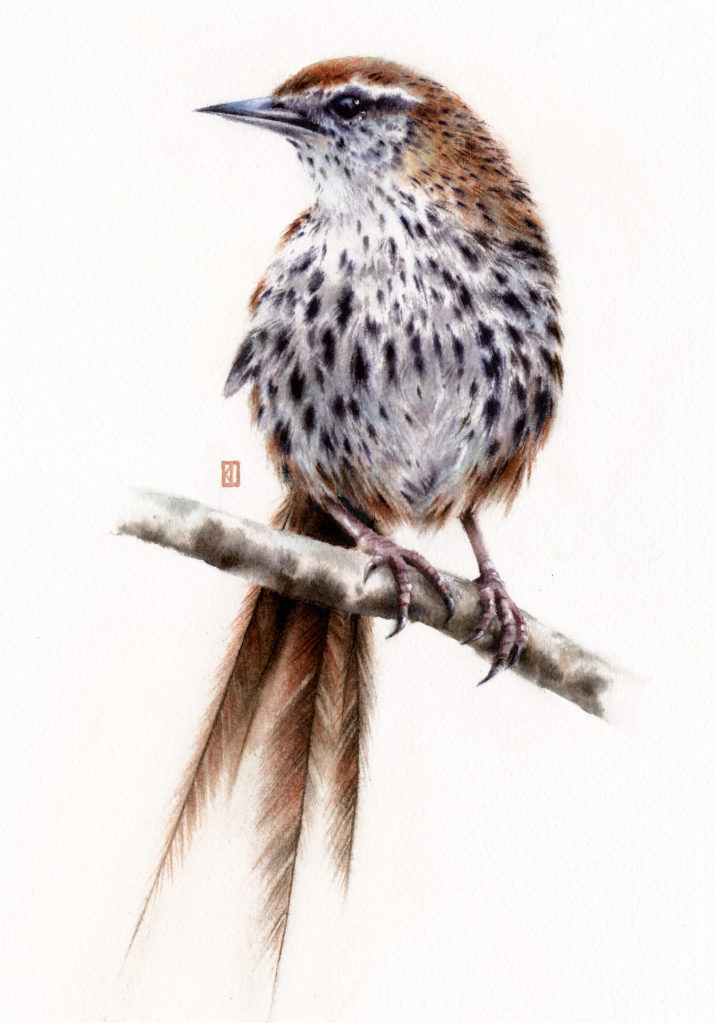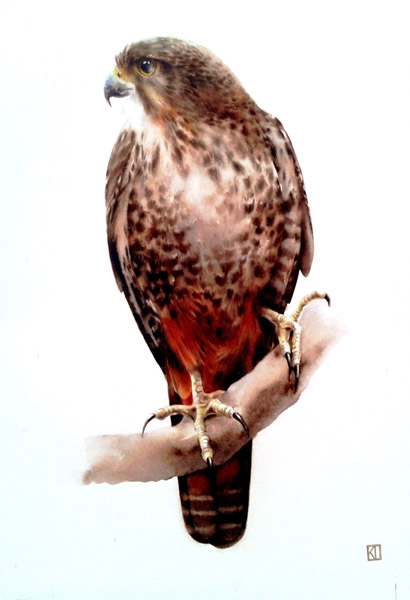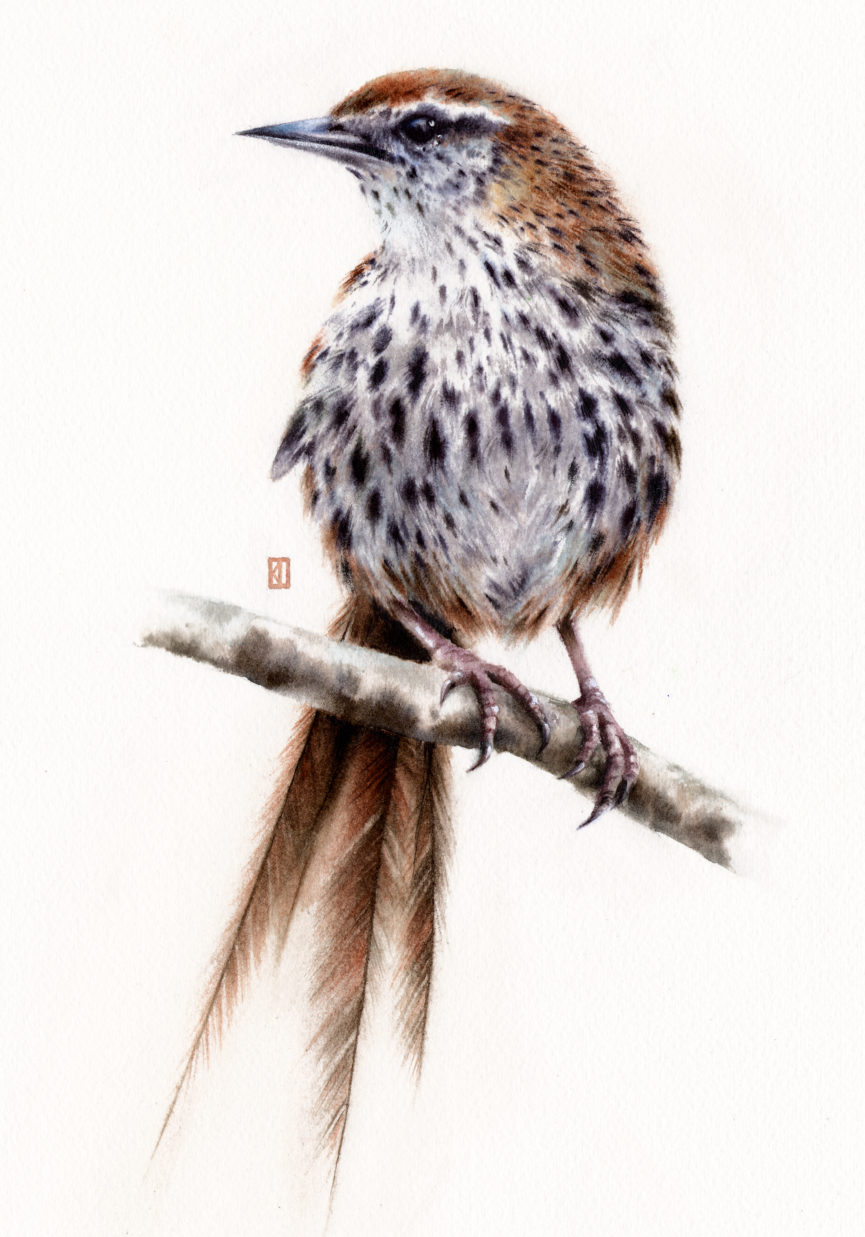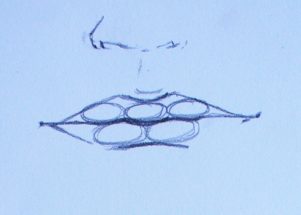Becoming an expert in your field is easier than you think. See the end of the blog for tips on how to draw mouths.
-
-
- Fail. Shift your relationship with failure from fear and reactivity, to the understanding that it is an integral part of the learning process. When you fail, you recognize what didn’t work and move on with greater understanding. Failure supports growth!
- Make mistakes. Think of mistakes as opportunities to experiment, explore, set off into the unknown. The more mistakes you make the more you learn about the process. Think of them as rehearsals, trials, experiments.
- Be your best supporter. Your left hemisphere wants to give up in the face of the negative emotions associated with failure and mistakes, because they feel bad in the body. Naming them, generating kindness and compassion towards the one feeling them, helps them disperse.
- Inform yourself. Research your topic or project. Find out what other people do in your chosen field. Seek support from experts in your field.
- Creative play. Play with the process by exploring different approaches, follow your intuition without judgement. Activating your right hemisphere enables this. To activate your right hemisphere, slow down, breathe, relax and set an intention. Imagine what you would do if there were no barriers in your way – create a vision. Keep doing something related to your vision, it doesn’t matter how simple, small or banal. Write drafts, draw a model, scribble ideas in a journal, repeat the same thing with one new element, copy something done by someone you admire, just keep moving on. Listen for the quiet voice of the right hemisphere, the childlike whisper…”What if I…” “What would it be like if…” “Maybe I can…” “I wonder…” Say “YES”; follow its lead and have the intention of being very open to whatever transpires, just keep going with the intention of exploring your right hemispheric realm; the mysterious seat of your life experiences from which new elements arise.
- Consolidate. Keep going, try different ways of doing the same thing, repeat the process with the knowledge you have and each time you repeat, a new element may surface– something previously unknown may turn up. When you repeat the process you improve, grow, expand, you become more of an expert in your field and the more you do that, the more of an expert you become!
GENIUSES FAIL TOO
I heard that Thomas Edison tried thousands of light bulbs before one eventually lit up till he turned it off. Leonardo Da Vinci painted the Mona Lisa over 30 times, one version on top of the other. Michelangelo is quoted as saying, “If people knew how hard I work to get my mastery, it wouldn’t seem wonderful at all.”
-
- To learn how to paint feathers, I painted 10 tomtits and thirteen kakas – boy, did I feel like a dumb dumb in the middle of that process! I failed over and over and the urge to give up was very compelling.

- I’m still involved in the learning process but now I have much more knowledge and understanding and so I don’t fail as much. I am better at painting feathers. I have also deepened my understanding of the chemistry of watercolour which will support my painting in other genres.
- The ultimate bird is still out there somewhere and I’m just going to keep on painting and drawing until the vision I had at the beginning of the process has become embodied.

- TIPS ON HOW TO DRAW MOUTHS
- Before we learn how to draw mouths let’s firstly acknowledge our symbol mouth. You’ll see as you scroll down that it bears little resemblance to a real mouth but it does the job. This left hemispheric symbol is our minds way of simplifying the visual world so things can be scanned, named and evaluated. All good, except when we want to draw.
- Real mouths are comprised of five main muscles which determine their shape. If we understand how these muscles interact, we can draw the contour between the lips. Notice how this contour has a concave dip in the middle, whilst the contour of the bottom lip is concave in the middle. These two contours help us create the form of the mouth.
- In a real mouth the top lip is shorter in length than the bottom i.e. the contour of the bottom lip is closer to the corner of the mouth than the contour of the top lip.
- I have added a little tone to give some form to the otherwise linear drawing. The top lip is always darker than the bottom because being curved inward it receives less light. The bottom lip curves outward, receiving more light. The corners of the mouth are always darker than the middle because they recede from the light.
Total Views: 1027 ,





